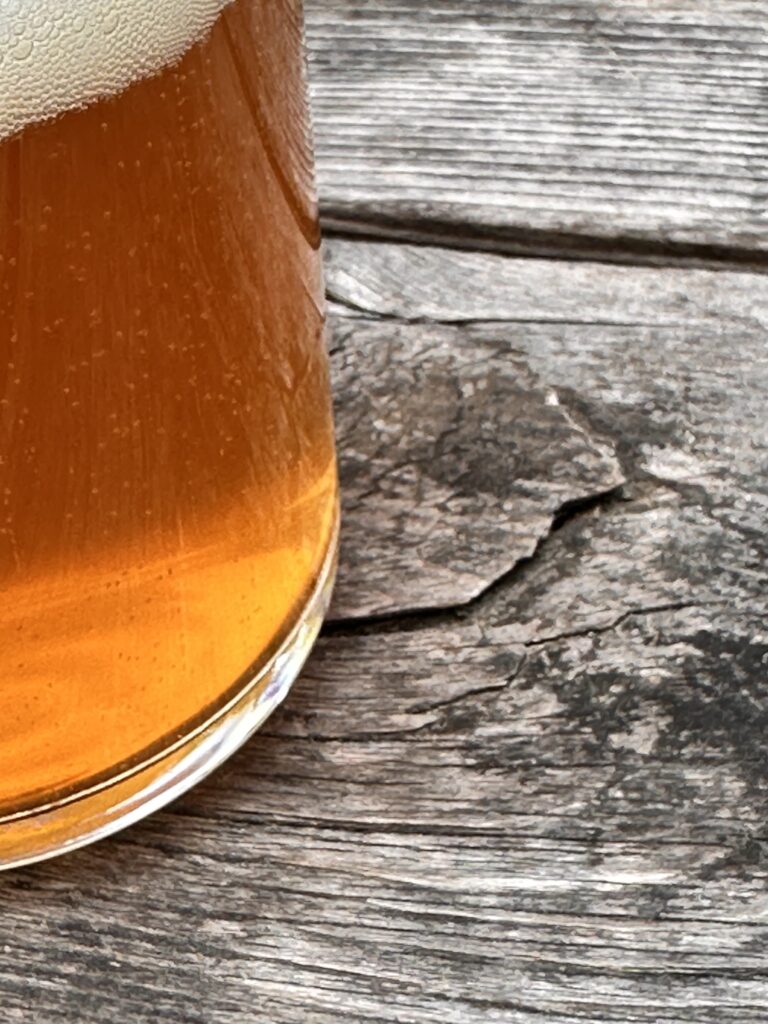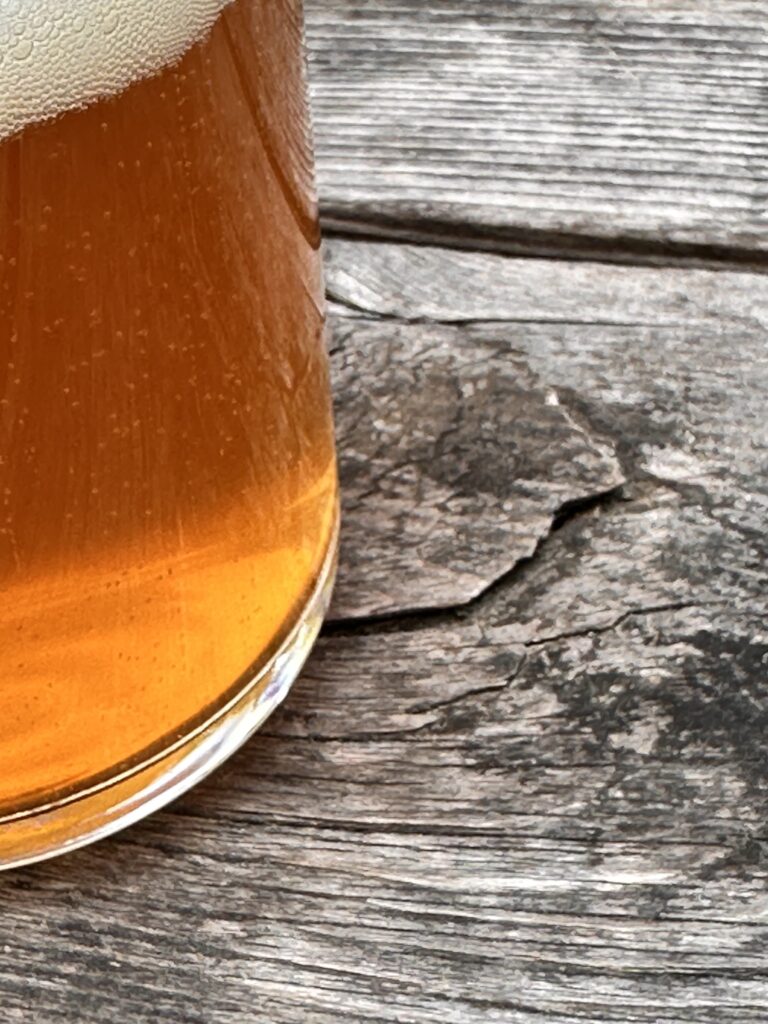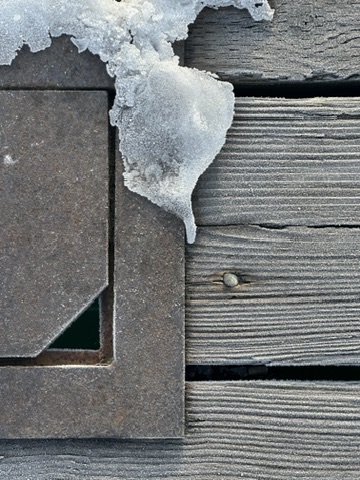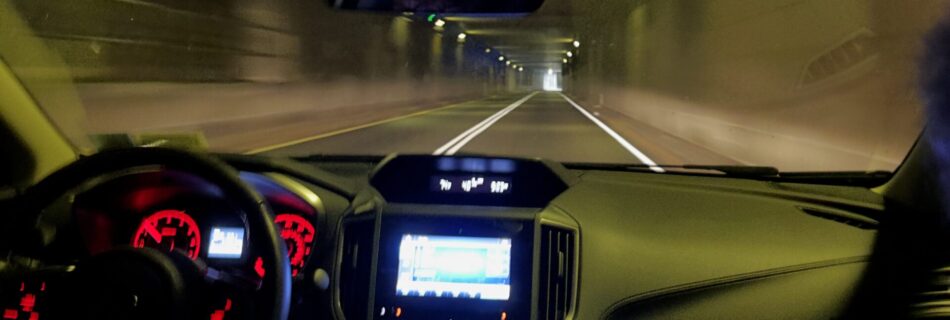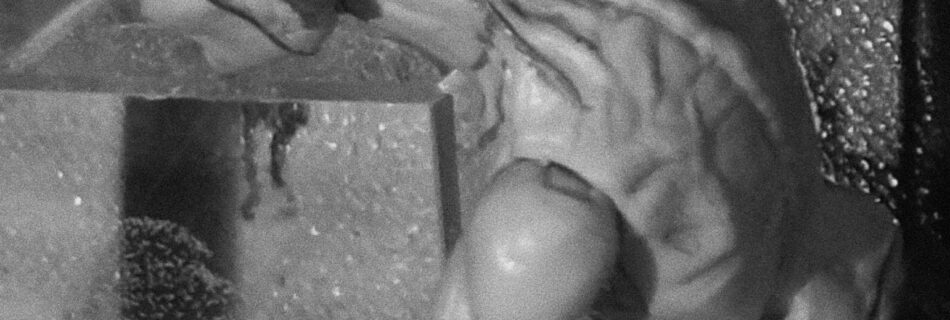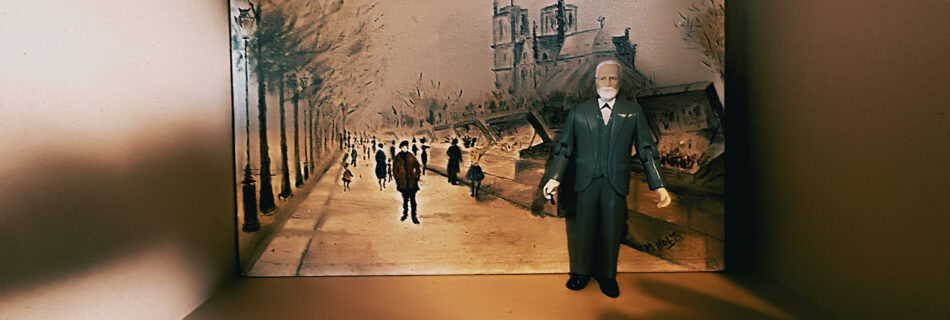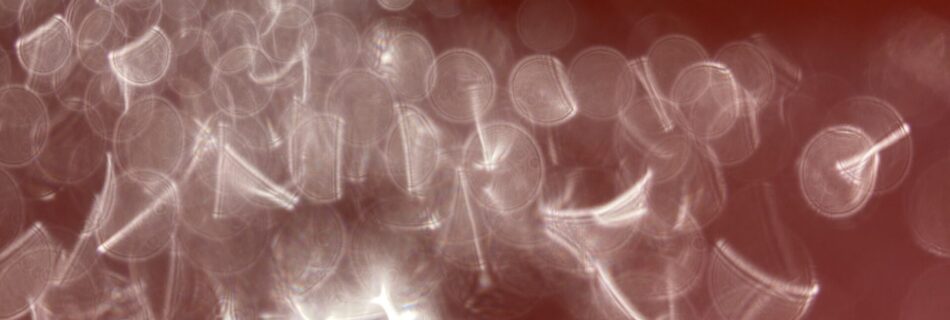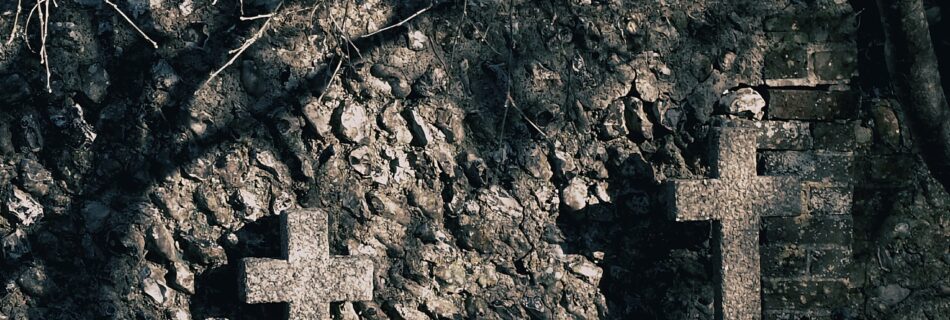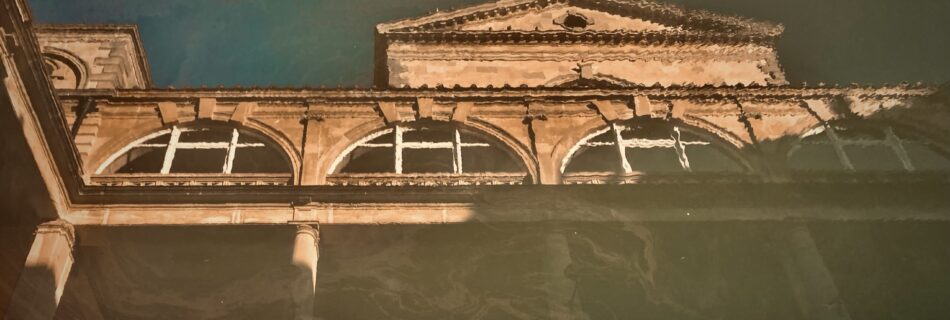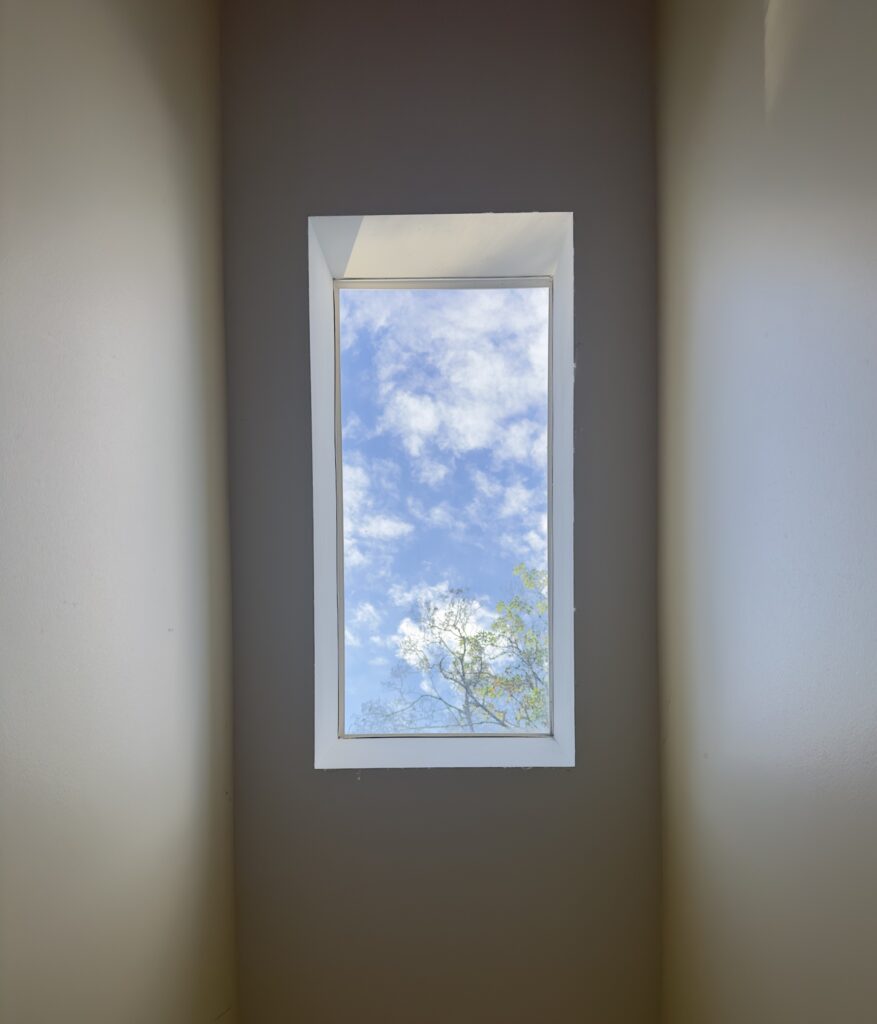
1. Visual Analysis
- Composition and Framing:
The photograph captures a rectangular skylight positioned vertically at the center of the frame. The framing is symmetrical, with the sharp edges of the skylight providing a strong geometric contrast to the soft organic elements of the sky and tree branches outside. The composition draws the viewer’s gaze upward, naturally following the frame of the skylight toward the expanse of the sky. - Form and Anatomy:
The stark, clean lines of the skylight frame form a deliberate boundary between interior and exterior. There is a subtle depth in the recessed window well, creating an elongated tunnel-like effect that enhances perspective and spatial awareness. The tree branches visible through the skylight add a delicate, organic counterpoint to the rigid geometry of the frame. - Use of Light and Shadow:
Soft, diffused natural light bathes the walls around the skylight, gently brightening the interior space without harsh glare. Shadows inside the recess subtly emphasize its depth. The lighting creates a calm and contemplative mood, balancing the interior shadow with the bright, inviting exterior sky. - Textures and Surfaces:
The interior walls are smooth and slightly matte, showing subtle tonal variations. The sharp frame of the skylight contrasts with the airy, cloud-dappled texture of the sky. The distant tree branches introduce fine, intricate lines that break up the otherwise minimalist surfaces. - Color Palette and Tonality:
A muted, neutral gray-beige dominates the interior, contrasting with the vibrant blue of the sky punctuated by scattered white clouds and soft green tree buds. The palette is understated yet balanced, with the cool tones of the sky offsetting the warm neutrality of the walls. - Background and Context:
The view through the skylight provides a sense of openness and connection to nature. The tree branches hint at springtime growth, while the blue sky evokes serenity. The minimalistic framing gives little away about the surrounding space, heightening the image’s abstract and meditative quality.
2. Philosophical Reflection
This photograph invites contemplation of boundaries—between inside and outside, confinement and freedom, human-made structure and natural expanse. The skylight acts as both a literal and metaphorical window to possibility, framing the infinite within the finite.
The visible tree branches suggest life reaching toward the sky, resonating with themes of growth and aspiration. In a Zen context, the image evokes mindfulness: an awareness of the present moment, the quiet harmony between built form and nature, and the sky as a symbol of boundless potential.
It also raises subtle existential questions: Are we observers of nature or participants in it? Does the skylight liberate us by connecting us to the world beyond, or remind us of our separation from it?
3. Practical Photography Insights
- Lighting and Texture Techniques:
The natural light is well-handled, with no overexposure of the sky. However, slightly brightening the interior walls could enhance contrast without overpowering the exterior view. - Color and Tonal Choices:
The muted wall tones juxtaposed with the vibrant blues and greens of the sky work effectively. Increasing saturation slightly in the sky could make the clouds and tree details pop for a more vivid visual impact. - Focus and Depth:
The focus is crisp, maintaining sharpness in both the window frame and the outdoor scene. This dual clarity strengthens the theme of connection between interior and exterior spaces. - Compositional Decisions:
The centralized framing creates a calm, balanced composition. A slight tilt or alternative perspective (angled or asymmetrical) might introduce more visual dynamism if desired, but the current framing reinforces the meditative stillness.
4. Reflections
- Emotional and Intellectual Response:
The image evokes tranquility and introspection. It feels like a pause—a moment of stillness between enclosed space and infinite sky. - Artistic Strengths:
The symmetrical framing, balanced light, and interplay of textures (smooth walls, wispy clouds, intricate branches) create a serene visual harmony. - Overall Significance:
This is a quiet yet powerful image that captures the beauty of simplicity. It integrates architectural precision with organic natural forms, leading the viewer to reflect on their place within both. - Lingering Questions or Impressions:
Who is beneath this skylight? What thoughts are carried in that upward gaze? Is the window a portal to freedom—or simply a reminder of the world beyond reach?
